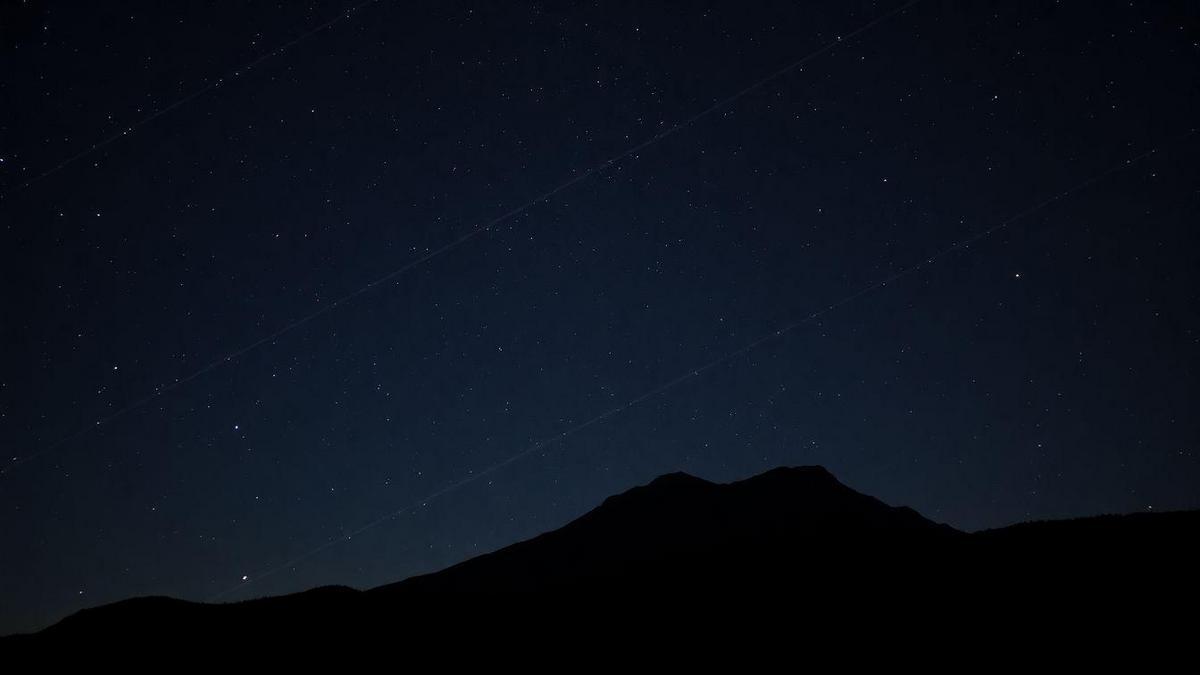
Observing the night sky is an activity that fascinates people around the world—from amateur stargazers to professional astronomers. The quality of the night sky can vary greatly depending on factors such as light pollution, weather conditions, and geographic location. To help astronomy enthusiasts evaluate sky quality in their areas, the Bortle Scale was developed—a tool that classifies the night sky into nine levels, from the darkest to the most light-polluted.
The Bortle Scale not only provides a reference for sky quality but also guides observers on what they can expect to see under different conditions. Understanding this scale is essential for those who want to have a richer and more rewarding experience looking at the stars. In this article, we’ll explore how Bortle sky level measurements work, the advantages of using the scale, and how to apply it in practice.
How Bortle Sky Level Measurements Work
Bortle sky level measurement methods are based on several criteria that assess the visibility of celestial objects under various lighting conditions. Each level of the scale describes specific characteristics of the night sky. For example, a Bortle 1 sky is extremely dark, allowing clear observation of stars and nebulae, while a Bortle 9 sky is heavily affected by light pollution, making it hard to see even the brightest stars.
To determine a location’s Bortle level, observers must consider factors such as artificial lighting, atmospheric clarity, and geographic setting. The Bortle Scale was created by John E. Bortle in 2001, and its methodology is widely accepted in the astronomical community. While the assessment is subjective and depends on the observer’s experience and perception, it still serves as a helpful guide for anyone exploring the night sky.
In addition to direct observation, there are tools and apps that assist in measuring the sky. These resources use satellite data and light pollution maps to provide estimated Bortle levels for any given area. This combination of personal observation and modern technology makes sky measurement more accessible and reliable.
The Bortle Scale is especially useful for amateur astronomers planning their sessions. Knowing a location’s Bortle level helps decide where and when to observe, and what equipment or techniques to use for the best results. Understanding the scale is a valuable asset for any astronomy enthusiast.

Advantages of Measuring the Sky Using the Bortle Scale
There are several advantages to measuring the sky’s Bortle level. One of the main benefits is better planning. By knowing a site’s Bortle level, amateur astronomers can decide whether it’s worth traveling to a darker location or if their current area provides satisfactory viewing conditions. This helps save time and resources while maximizing the observing experience.
Another major advantage is education and awareness of light pollution. By measuring and classifying the sky’s quality, observers become more aware of how artificial lighting impacts the environment. This can lead to the adoption of more sustainable practices, like using efficient outdoor lighting and promoting community initiatives to reduce light pollution.
Additionally, assessing the Bortle level can enrich the observing experience. When observers know they’re under a darker sky, they often feel more excited and motivated to spot constellations, stars, and celestial events. This connection with the cosmos can lead to a deeper appreciation for science and nature, and spark a lasting interest in astronomy.
Lastly, the Bortle Scale encourages collaboration among astronomy enthusiasts. Sharing information about sky quality across different locations helps others find the best spots for stargazing. This exchange strengthens the amateur astronomy community and inspires more people to get involved.
How to Measure Bortle Sky Level in Practice
Measuring the Bortle sky level in practice might seem intimidating at first, but by following a few simple steps, anyone can do it effectively:
-
Choose a suitable location: Find a place away from bright city lights and illuminated roads. The darker the surroundings, the better your assessment.
-
Observe the stars: Spend time looking at the night sky. Try to identify constellations and other visible objects. Pay attention to how many stars you can see with the naked eye.
-
Compare with the Bortle Scale: Use the Bortle Scale to compare your observations. Evaluate the visibility of stars, the Milky Way, and other deep-sky objects using the criteria for each level.
-
Consider atmospheric conditions: Humidity, air pollution, and clouds can affect visibility. Aim to observe on clear, dry nights for the most accurate evaluation.
-
Record your observations: Keep an observing journal to log the Bortle level, sky conditions, and any celestial objects you spotted. This will help you track sky quality over time.
-
Use technology for assistance: There are apps and online tools that can help measure the sky using satellite data. These resources can confirm your visual observations.
By following these steps, you’ll get a good understanding of your local sky’s Bortle level. This information is useful for planning future sessions and improving your overall stargazing experience.

Inspired by Measuring Bortle Sky Levels in Practice?
Measuring your night sky’s Bortle level isn’t just a technical task—it’s an invitation to deepen your connection with the cosmos. With each careful observation, you’re learning not only about the stars, but about the environment around you, the impact of light on our nightscapes, and your role in preserving one of the planet’s most ancient and awe-inspiring views: the natural night sky.
By putting the Bortle Scale into practice, you begin to see your surroundings in a new light—literally. You become more aware of the subtle glow of distant towns, the clarity of starlight, and the fading ribbon of the Milky Way. This awareness empowers you to seek darker skies, advocate for responsible lighting, and inspire others to look up with the same curiosity and care.
Whether you’re an experienced stargazer or just starting your journey, measuring the Bortle level is a simple yet powerful way to evaluate and improve your skywatching experience. It’s a tool that helps guide your planning, track changes in sky quality, and engage in meaningful conversations about protecting the night.
So, keep a notebook. Take note of your surroundings. Use the stars as your guide. And remember—every observation brings you one step closer to the universe.
Because when you measure the sky, you’re not just looking at stars.
You’re measuring possibility, clarity, and a little piece of infinity.
Keep watching. Keep caring. And let the Bortle Scale lead you to darker, richer skies.
Frequently Asked Questions
How can I measure Bortle sky level in practice?
You can use the Bortle Scale, which ranges from 1 to 9. A level 1 sky is very dark, while level 9 is highly light-polluted. Look up and count how many stars you can see with the naked eye.
What tools can I use to measure Bortle level?
Astronomy apps can help. You can also use sky maps and even a simple pair of binoculars to aid your observations.
What should I look for to determine the Bortle level?
Pay attention to the number of visible stars. See if you can spot the Milky Way and take note of how much city glow is around you.
Does light pollution affect the Bortle level?
Yes, light pollution reduces the number of stars you can see, making the sky appear brighter and affecting your Bortle measurement.
How often does the Bortle level change?
It can vary. Full moons or changes in local lighting can influence sky brightness and your perception of the stars.
Can I measure the Bortle level even from inside the city?
Yes, you can! Although conditions aren’t ideal, observing how many stars are visible and how bright the sky appears can still help estimate the Bortle level. It’s also useful for comparing with darker locations when you get the chance to travel.
Does a full moon affect Bortle sky measurements?
Absolutely. The light from a full moon can wash out many stars, making the sky appear brighter than it really is. For more accurate measurements, try observing during a new moon or when the moon hasn’t risen yet.

